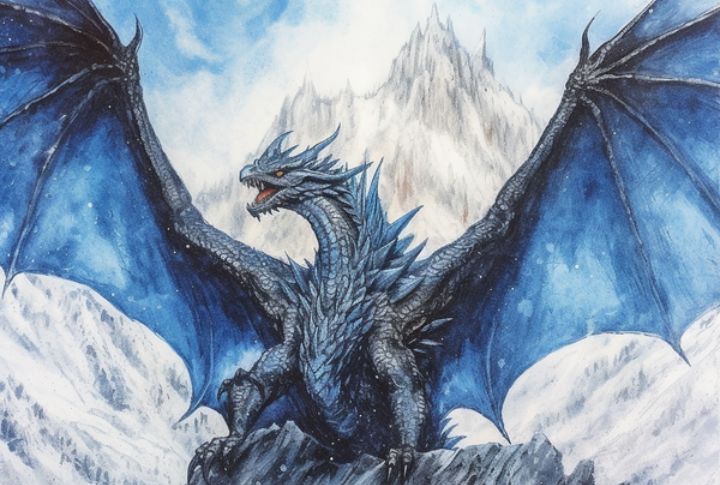
Myths are windows into how people see the world. Dragons, mermaids, and unicorns didn’t just spring from thin air; they grew from ancient discoveries and curious sightings. These creatures shaped stories, art, and maybe even science, which proves that the line between real and magical is blurry. Here are twenty captivating mythological creatures and the science behind their stories.
Dragons
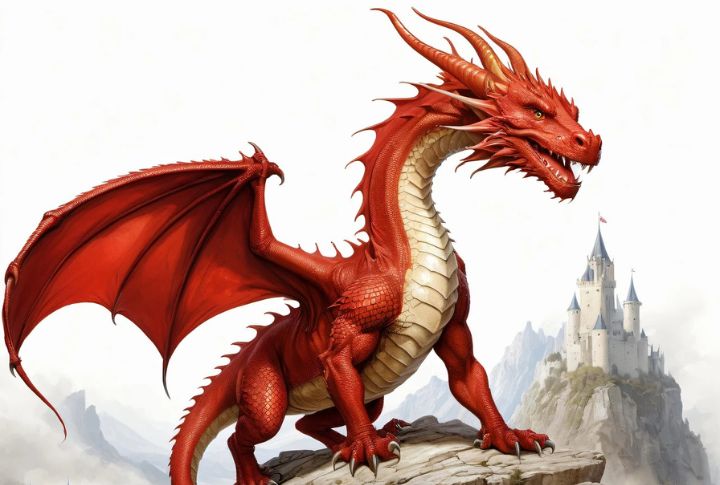
Long ago, people found massive bones buried in the ground and believed they belonged to dragons. These powerful creatures became legends in many cultures. In ancient China, such bones were ground into powder for medicinal use, as they were thought to hold great power.
Mermaids

Said to live in the ocean, mermaids are half-human and half-fish. This myth may have come from sea mammals like manatees. Their smooth movements and human-like features inspired all those mythological stories and blended what we see in nature with our dreams.
Unicorn
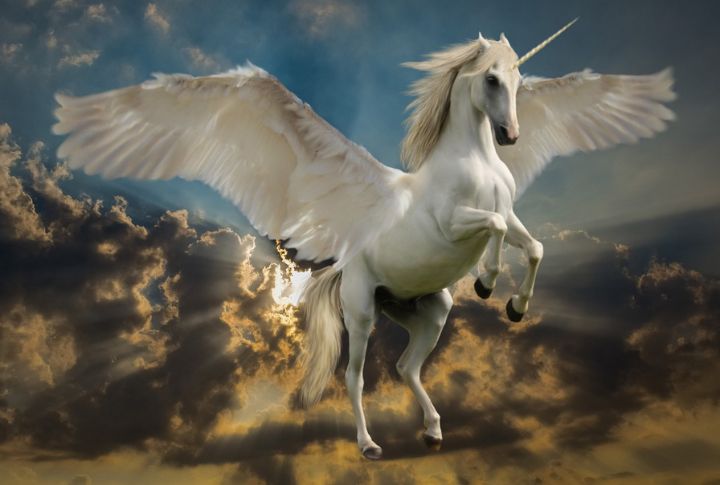
Unicorns have inspired countless books, movies, and artworks, like the classic fairy tale “The Last Unicorn.” Famous for their single, magical horn, unicorns were once believed to be real after people encountered narwhal tusks or animals like the oryx. Their horns were said to have special powers.
Cyclopes
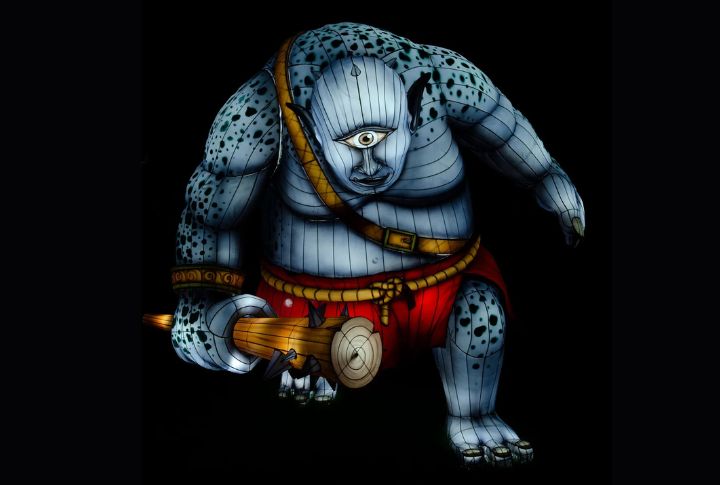
The one-eyed giants in Greek myths may have been inspired by ancient skulls. Fossils of dwarf elephants had a large central hole for their trunk, which looked like a single eye socket. This led to tales of powerful cyclopes in mythology. Examples include Polyphemus from Homer’s “Odyssey,” who traps Odysseus and his men in a cave.
Griffins
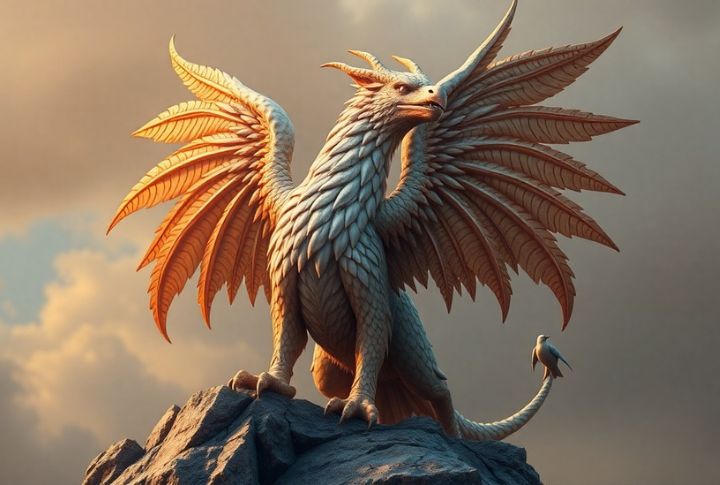
These creatures, with the body of a lion and the head of an eagle, might have come from fossil discoveries. People who found Protoceratops fossils imagined these beasts. Griffins have since become symbols of strength and guardianship in myths. They were often depicted as protectors of treasure and divine power in medieval art and heraldry.
Kraken
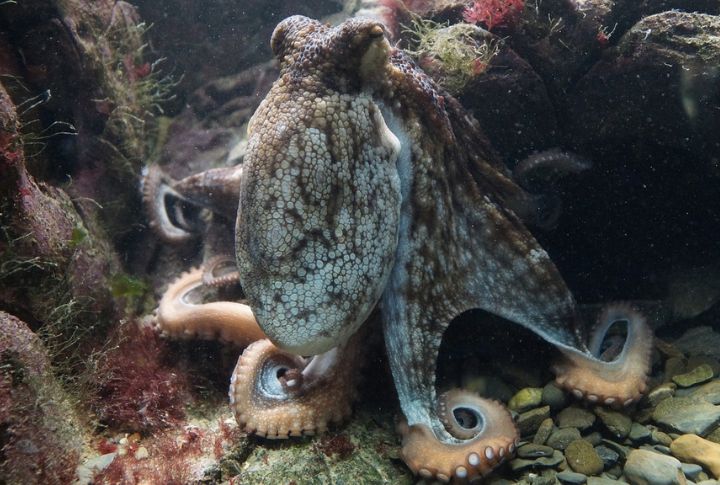
This is a legendary sea monster that could sink ships. Scientists think the stories came from sightings of giant squids, which can grow longer than a bus. Films like “Pirates of the Caribbean: Dead Man’s Chest” brought its tentacled menace to life, while classics like “Clash of the Titans” reimagined the legendary sea monster as a gigantic destructor.
Werewolves

Humans who turn into wolves shouldn’t be something people believe in, but they did. This myth may be linked to rare conditions like hypertrichosis, which causes excessive hair growth. Stories of werewolves mix real fears with imagination. Fenrir and other wolves in Norse mythology were seen as embodiments of chaos and ruin.
Chimeras
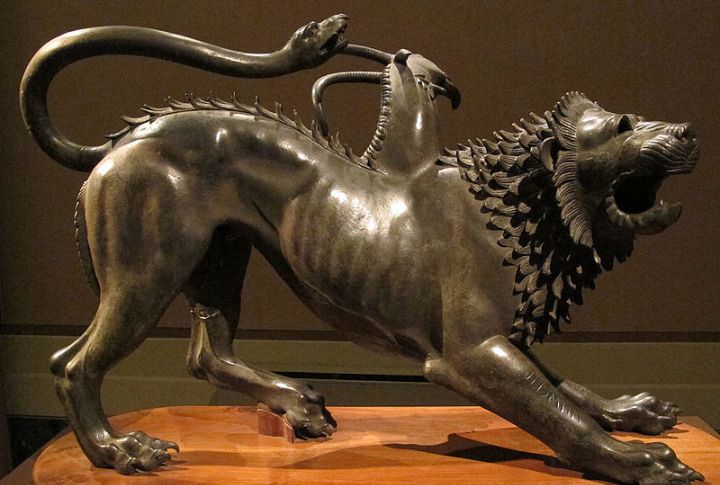
A mix of goat, snake, and lion, it is a creature of chaos. Today, scientists use the word “Chimera” to describe organisms with DNA from different sources. Beyond science, the Chimera has roared into popular culture, appearing in video games like “Final Fantasy” and anime series like “Fullmetal Alchemist.”
Vampires
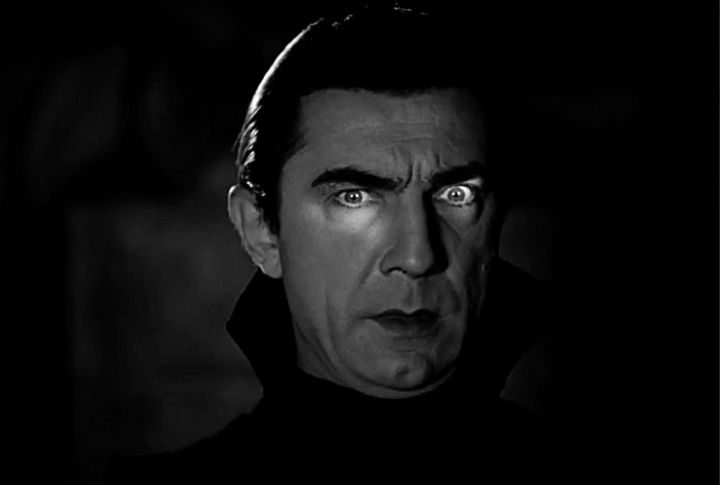
Vampires are said to be undead creatures who drink blood, and their stories may come from diseases like porphyria, which makes people sensitive to light. Rabies outbreaks also added to the myth, with symptoms that seemed to match these figures. Vampires were frequently linked to nocturnal behavior and a deep fear of sacred symbols.
Fairies
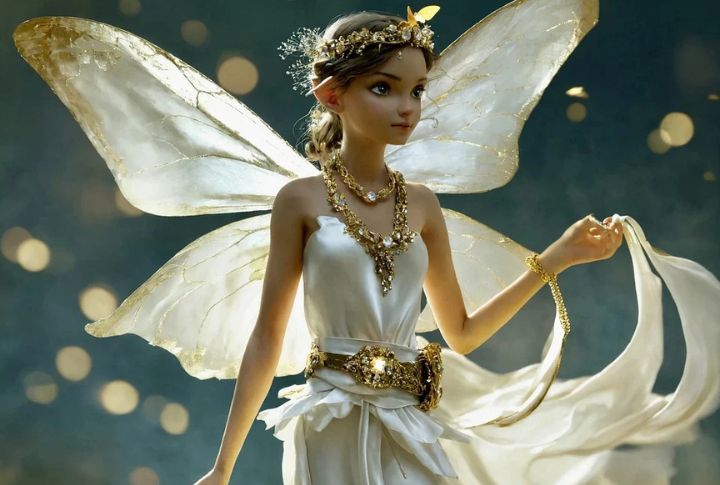
Fireflies or glowing fungi may have inspired glowing lights in forests. These natural wonders create a sense of magic and mystery and have sparked stories of tiny, flying mythological beings. Tales like “A Midsummer Night’s Dream” bring fairies to life and weave them into enchanting worlds where the magic feels real.
Phoenix
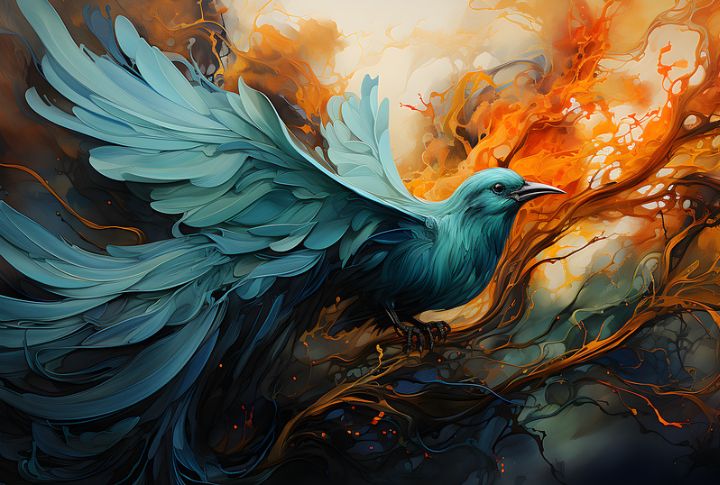
A bird that rises from its ashes, the phoenix symbolizes rebirth. This idea seems to have been inspired by cycles in nature, like forests regrowing after fires. In ancient Egypt, it was associated with the sun god Ra, representing the sun’s daily rise and fall. Today, it’s a powerful symbol of hope and new beginnings.
Basilisks
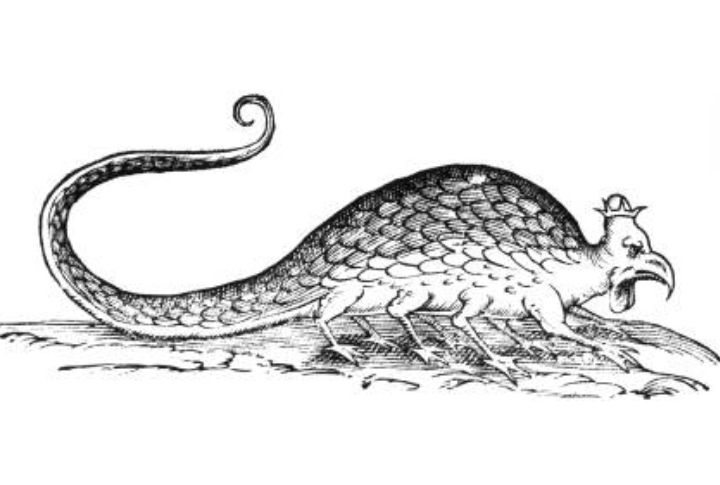
The basilisk was said to kill with just a look. This legend likely came from cobras, which are venomous and have a fierce, hypnotic stare. These snakes are known for sparking fear and wonder. Its mythical lethality has made it a recurring villain in modern stories, including “Harry Potter” and “The Chamber of Secrets.”
Harpies
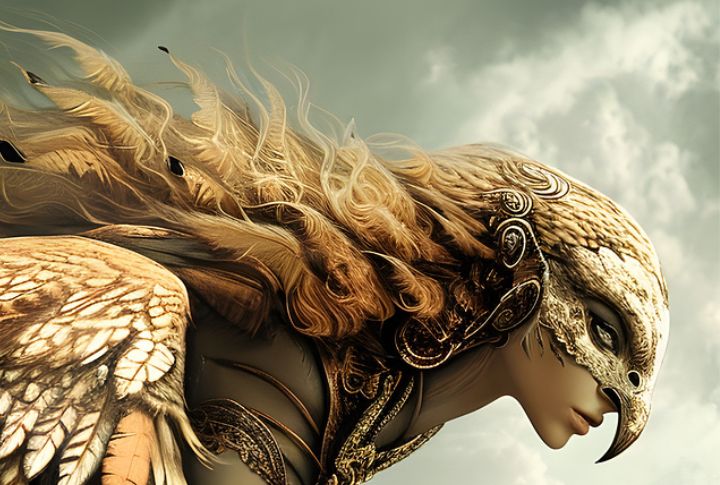
With their sharp claws and bird-like features, harpies were inspired by birds of prey like eagles. These creatures became symbols of swift punishment in Greek mythology– a reflection of the power and speed of real-life raptors. Harpies were also depicted as agents of divine retribution, sent by the gods to torment wrongdoers.
Selkies
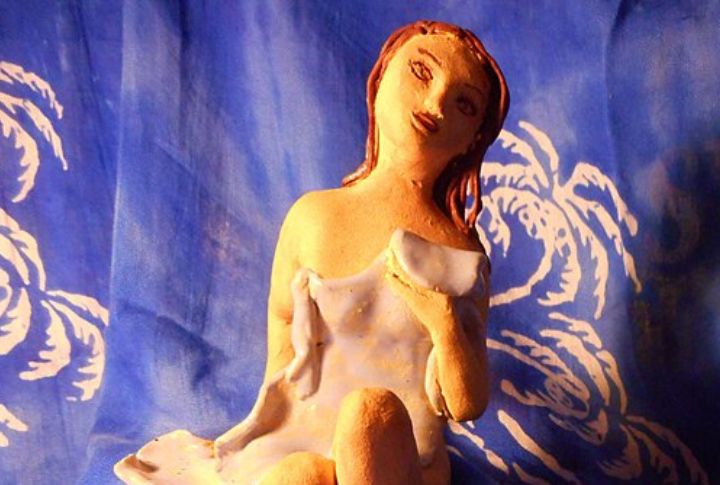
Selkies are creatures that shed their skins and become human. This legend likely came from seals with expressive eyes and curious behaviors. In Scottish and Irish folklore, selkies often appear in tales of star-crossed lovers, where a human falls in love with a selkie who eventually returns to the sea.
Minotaurs

The Minotaur, a creature with a bull’s head, lived in a maze. This myth came from Crete, where bulls were important in rituals. Here, the labyrinth symbolizes the complex palace at Knossos. The story of Theseus slaying the Minotaur has become a timeless metaphor for bravery and overcoming seemingly insurmountable challenges.
Gorgons
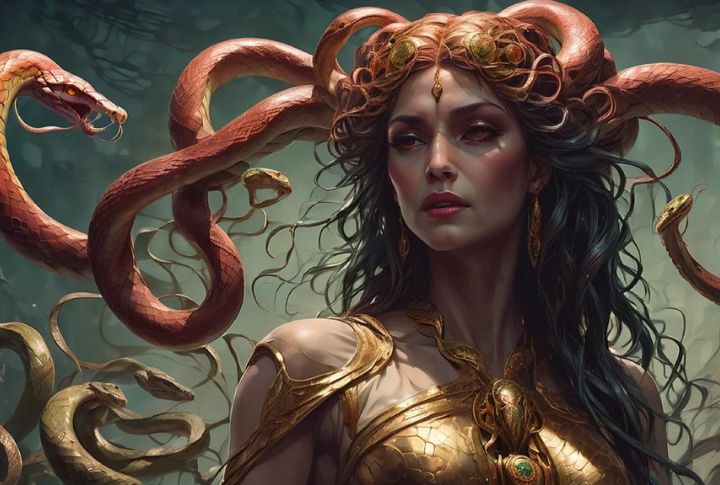
Gorgons had snakes for hair and could turn people to stone. These myths may have been inspired by fear of venomous snakes. They were often depicted as guardians of sacred or forbidden places. All three Gorgon sisters, Medusa, Stheno, and Euryale, were portrayed with monstrous features.
Sphinxes
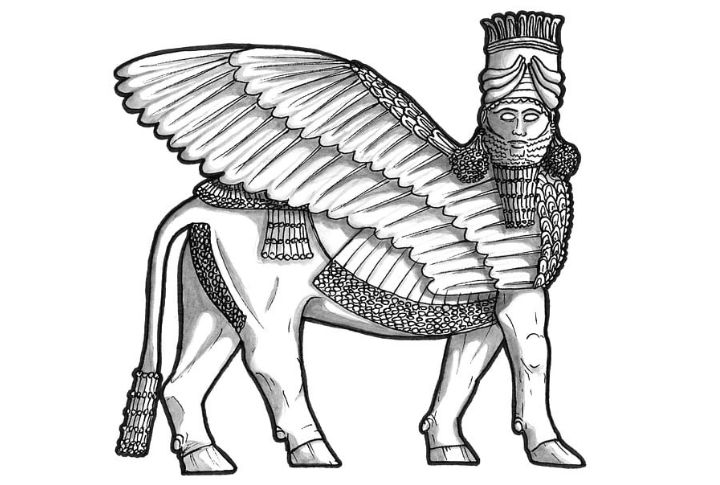
The sphinx, with the body of a lion and the head of a human, served as a powerful guardian in ancient myths. In both Egypt and Greece, sphinxes protected sacred sites and tested people with riddles. Across various cultures, different versions of the sphinx highlight its role as a complex symbol that represents both wisdom and peril.
Yeti
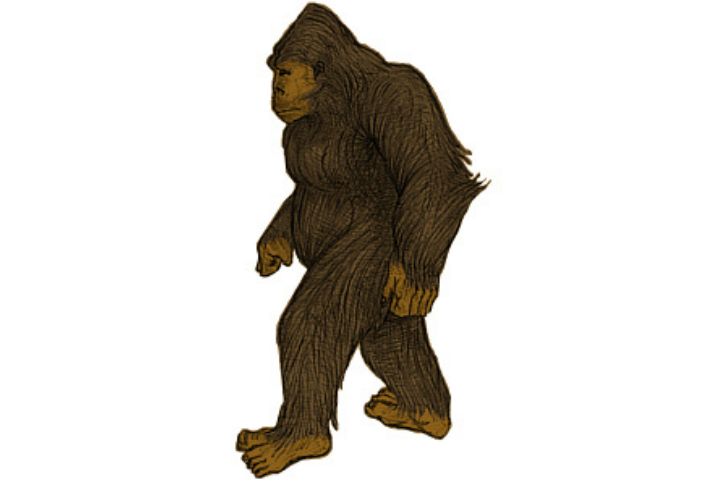
The Yeti, a snow creature, is said to roam the Himalayas. Scientists think the legend may come from sightings of the Himalayan brown bear. Large footprints in the snow added to the mystery of this giant mythological beast. The yeti is seen as a guardian of the mountains, often respected rather than feared in the local folklore.
Pegasus
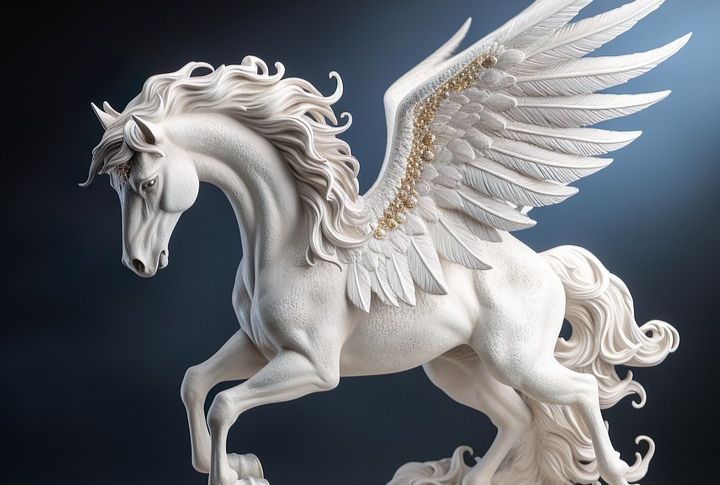
Pegasus sprang Medusa’s blood after she was slain by Perseus– a symbol of triumph and transformation. The horse later became a loyal companion to the hero Bellerophon, helping him defeat the Chimera. This creature is a winged horse that is a symbol of freedom and dreams.
Leprechauns

Leprechauns, tiny fairies who guard pots of gold, are renowned for their cleverness and mischievous nature. Their origins may be traced back to stories of skilled Irish craftsmen. Leprechauns are also known as shoemakers to the fairies in Irish mythology, a detail that connects them to themes of labor and wealth.

